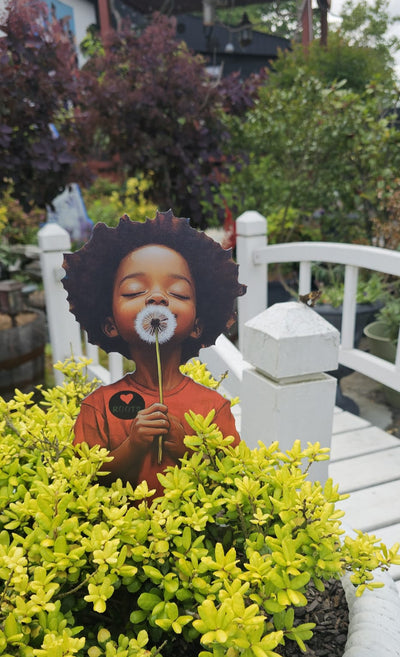Heldner, Knute, (Field Hands)
Heldner, Knute, (Field Hands)
"Field Hands" by Knute Heldner
5-3/4 x 7-3/4 inches etching on paper signed at the bottom Knute Helder, title and name of artist inscribed in pencil, posthumous edition by Whisnant Galleries, good condition --unframed

Knute Heldner -New Orleans, Louisiana, (1877-1952), was born in Verderlow Smoland, emigrated to the United States in 1902. His wife was Colette Pope. He began his artistic training in Sweden at the National Royal Academy of Stockholm and Karlskrona Technical School after returning from duty in the Swedish navy. While in the navy he was able to view some great paintings throughout Europe which influenced his intentions of becoming an artist.
When he arrived in the United States at the age of twenty-three he began working as a cobbler, miner, and lumberjack in Duluth, Minnesota before becoming an artist full time. In Minnesota, Heldner studied at the Minnesota School of Fine Art (known today as Minnesota College of Art and Design) and won gold medal at the Minnesota State Fair in 1915.
Recognition and success were immanent. In 1915 he exhibited his first painting at the Minneapolis State Fair and won the gold medal. By 1924, after showing at the prestigious American Artists' Exhibition in Chicago, his representation spread abroad to France and Germany, and he was acclaimed as one of America's greatest living landscape painters. By 1936, critic D.C. Watson called him "the greatest genius in the field of art in the twentieth century."
At height of his reputation, Heldner came to New Orleans and was delighted with the city and environs. From 1923 until his death, he was, more or less, a permanent resident with his wife at 732 St. Peter. Heldner painted the bayous, marshlands, pines, and cypresses of Louisiana, but it was through the medium of dry point engraving that he most fully expressed his affection for New Orleans. Heldner understood that the tonal richness of the engraved line, with all its luminous suggestiveness, would serve best to delineate the soft, limpid, Southern atmosphere so different from the harsh outlines of the Minnesota woods.
Yet with all Heldner's human sympathy he never allowed it to weaken his sense of pictorial composition: the world of sentiment is invested with a consummate sense of design. His engraved images of New Orleans are wrought with the unity of impression which can arise only from the poetizing labors of both the mind and the heart. Together, the mind and the heart organize and balance the eloquent reticence of the somber open areas with the boisterous expressiveness of the sharp line. There is no better proof of Heldner's mastery of composition than the sense of simplicity and order which penetrates the engravings, no matter how intricate the detail. This deep-spirited artist regarded life with clear and steadfast and reverend vision, seeking always the beauty inherent in human life. We are richer for the legacy of his haunting art.
Knute Heldner's works are included in the following important collections: Smithsonian Institute, The White House, Luxenbourg Museum- Paris, Chicago Art Institute, Corcoran Art Gallery-Washington, D.C., New Orleans Museum, Brooklyn Museum, Sweden's National Art Gallery and the Swedish National Academy.
- Secure payments
- In stock, ready to ship
- Inventory on the way







































